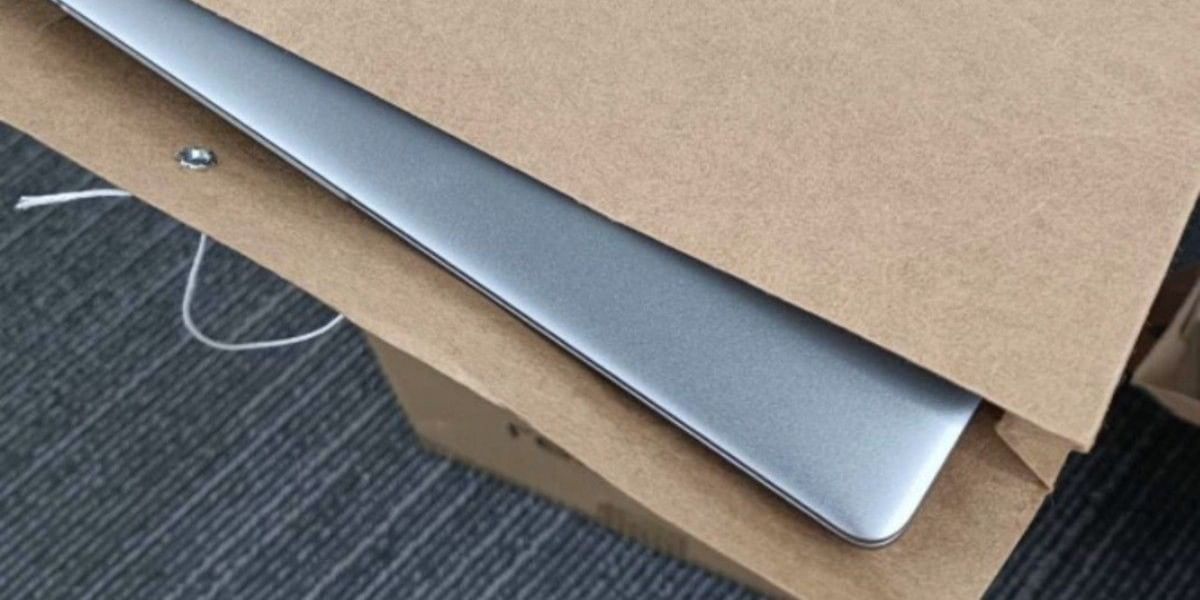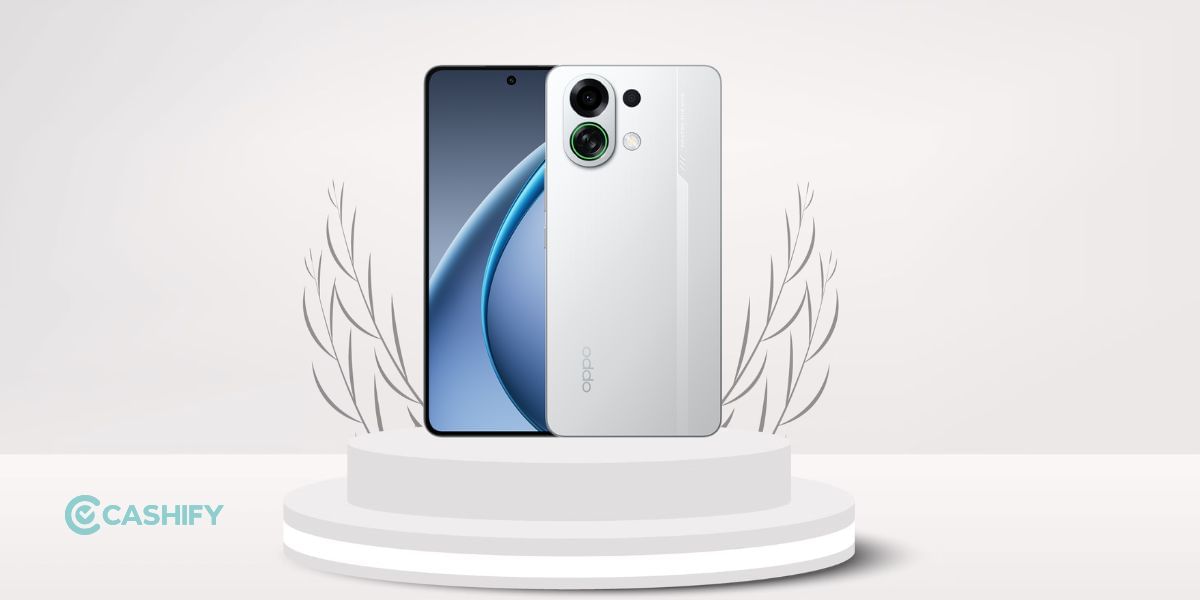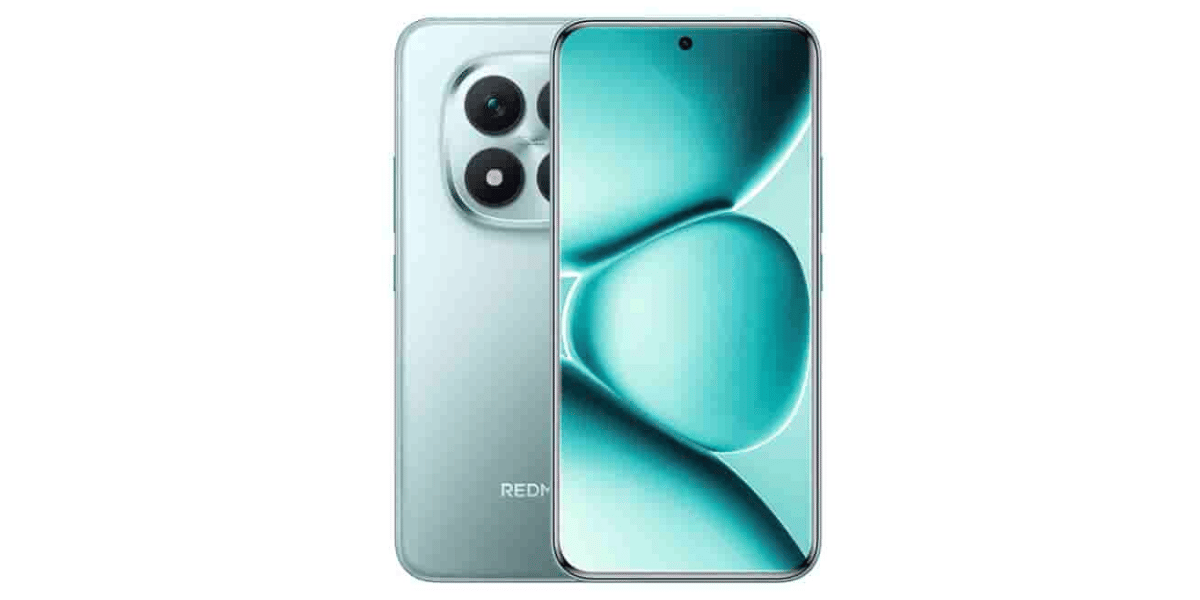India’s second COVID-19 wave led to 13% fall in the smartphone industry in Q2 compared to previous one. According to the research report, it fell because the 2nd wave of infections hurt the demand in the world’s No. 2 smartphone market. However, online smartphones purchases helped sales surge 87% compared with a year earlier, according to market research firm Canalys.
Also Read: Galaxy A22 5G India Launch Date Set for July 23: Expected Price, Specifications
“Smartphone vendors in India had assumed COVID-19 would not return. In turn, several planned to invest in infrastructure for branded stores and partnerships with third-party offline channels. But once again they were quickly compelled to pivot to an online strategy for smartphone”.
Canalys analyst Sanyam Chaurasia, in the report.
Also Read: Micromax IN 2B Specifications Surfaces Ahead of July 30 Launch
Chinese vendors still maintain their position in top 5
Meanwhile, Xiaomi continues to be the top brand for Indian buyers with a 29% market share. Samsung Electronics follows it by 17% market share, according to the report by Canalys. Although Chaurasia predicts a rebound in the second half of this year. This is as vaccinations boost consumer confidence and as smartphone brands launch new products. However, the threat of a third wave of COVID-19 infections still looms in India. Considering the situation, customer behavior and industrial operations will continue to adjust to pandemic conditions. This will be helping to reduce the impact, as the report states.
Also Read: Lava Z2s with Android 11 Go Edition Launched in India
Vivo, Realme and Oppo rounded up the top five, with more than 14 million devices shipped in total. It looks like Chinese vendors maintains their dominance of the Indian smartphone market. Smartphone makers will likely also face challenges including increasing costs, limited supply of parts — such as memory chips — rising shipping charges and a tough economic environment, according to the research firm.




























